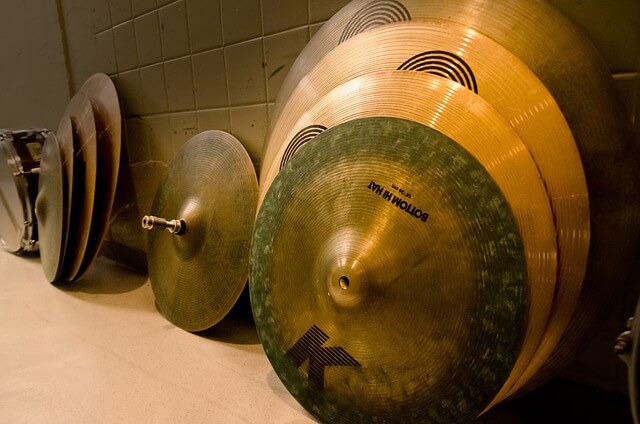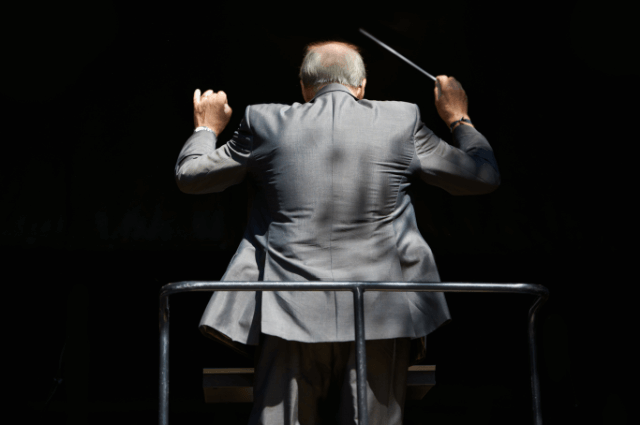The orchestra is a complex musical ensemble that consists of several different sections, each with its unique set of instruments.
These sections include the string section, woodwind section, brass section, and percussion section.
In this article, we will explore the instruments of the orchestra and their roles in creating beautiful music.
How many instruments are in an orchestra?

The number of instruments in an orchestra can vary depending on the size and type of orchestra. A standard symphony orchestra typically consists of around 80 to 100 musicians, while a smaller chamber orchestra may have only 30 to 40 musicians.
However, there are also much larger orchestras that can have over 200 musicians, and some smaller ensembles that specialize in certain types of music may have as few as 10 or 12 musicians.
In general, a symphony orchestra includes a wide variety of instruments, including strings, woodwinds, brass, and percussion.
The exact number of each type of instrument can vary depending on the piece of music being performed, but a typical symphony orchestra may include:
- 30-40 violins
- 10-14 violas
- 8-12 cellos
- 6-10 double basses
- 2-4 flutes
- 2-4 oboes
- 2-4 clarinets
- 2-4 bassoons
- 4-6 French horns
- 2-4 trumpets
- 3 trombones (including one bass trombone)
- 1 tuba
- 1 set of timpani
- Other percussion instruments such as snare drum, bass drum, cymbals, triangle, xylophone, and glockenspiel.
Again, the exact number and types of instruments can vary depending on the orchestra and the music being performed.
How many sections does an orchestra have?
An orchestra is typically divided into four main sections: strings, woodwinds, brass, and percussion.
The string section is usually the largest section of the orchestra and includes instruments such as violins, violas, cellos, and double basses. The woodwind section includes instruments such as flutes, oboes, clarinets, and bassoons. The brass section includes instruments such as trumpets, French horns, trombones, and tubas. The percussion section includes instruments such as timpani, snare drum, bass drum, cymbals, triangle, and various other percussion instruments.
In addition to these four main sections, some orchestras may also include other instruments such as harps, keyboards, or additional percussion instruments.
Each section of the orchestra plays a unique role in creating the overall sound of the ensemble. The strings provide a warm and rich foundation for the music, while the woodwinds and brass add color and texture. The percussion section provides rhythm and accents to the music.
Overall, the combination of these different sections and instruments is what creates the unique and powerful sound of an orchestra.
The different sections of an orchestra and its instruments
Orchestras are some of the most captivating and awe-inspiring musical ensembles in the world. With their rich and diverse sounds, they can transport listeners to another world and evoke a wide range of emotions.
However, what many people don’t realize is that orchestras are made up of several different sections, each with their own unique sounds and instruments. In this section of the post, we will take a closer look at these sections and the instruments that make up each one.
Join us on a musical journey as we explore the different sections of the orchestra and the beautiful instruments that bring them to life.
The String Section

The string section is the largest section of the orchestra and consists of violins, violas, cellos, and double basses. These instruments are bowed or plucked, and they create a rich, warm sound that is the backbone of the orchestra. The violins and violas play the melody, while the cellos and basses provide the harmonic foundation.
The Woodwind Section

The woodwind section includes flutes, oboes, clarinets, and bassoons. These instruments are made of wood or metal and produce a unique, mellow sound that blends well with the other sections of the orchestra. The flutes and oboes often play the main melody, while the clarinets and bassoons provide supporting harmonies.
The Brass Section

The brass section consists of trumpets, trombones, and French horns. These instruments are made of brass and produce a bold, powerful sound that can be heard above the other sections of the orchestra. The trumpets often play fanfare and other dramatic passages, while the trombones and French horns provide depth and richness to the harmony.
The Percussion Section

The percussion section includes drums, cymbals, timpani, and other percussion instruments. These instruments provide rhythm and texture to the orchestra’s sound. The timpani, also known as kettle drums, are the most prominent percussion instruments in the orchestra and are often used to mark important moments in the music.
Each orchestra has its conductor, and the conductor’s role is to bring all of the sections together to create a cohesive, harmonious sound. The conductor communicates with the musicians using hand gestures and facial expressions, and they must have an in-depth knowledge of the music and the instruments of the orchestra.
Conclusion
In conclusion, the orchestra is a beautiful musical ensemble that consists of several different sections, each with its unique set of instruments.
The string section provides the backbone of the orchestra, while the woodwind, brass, and percussion sections add color, texture, and depth to the music.
The conductor plays a crucial role in bringing all of these sections together to create a harmonious, unified sound that can move and inspire audiences around the world.



